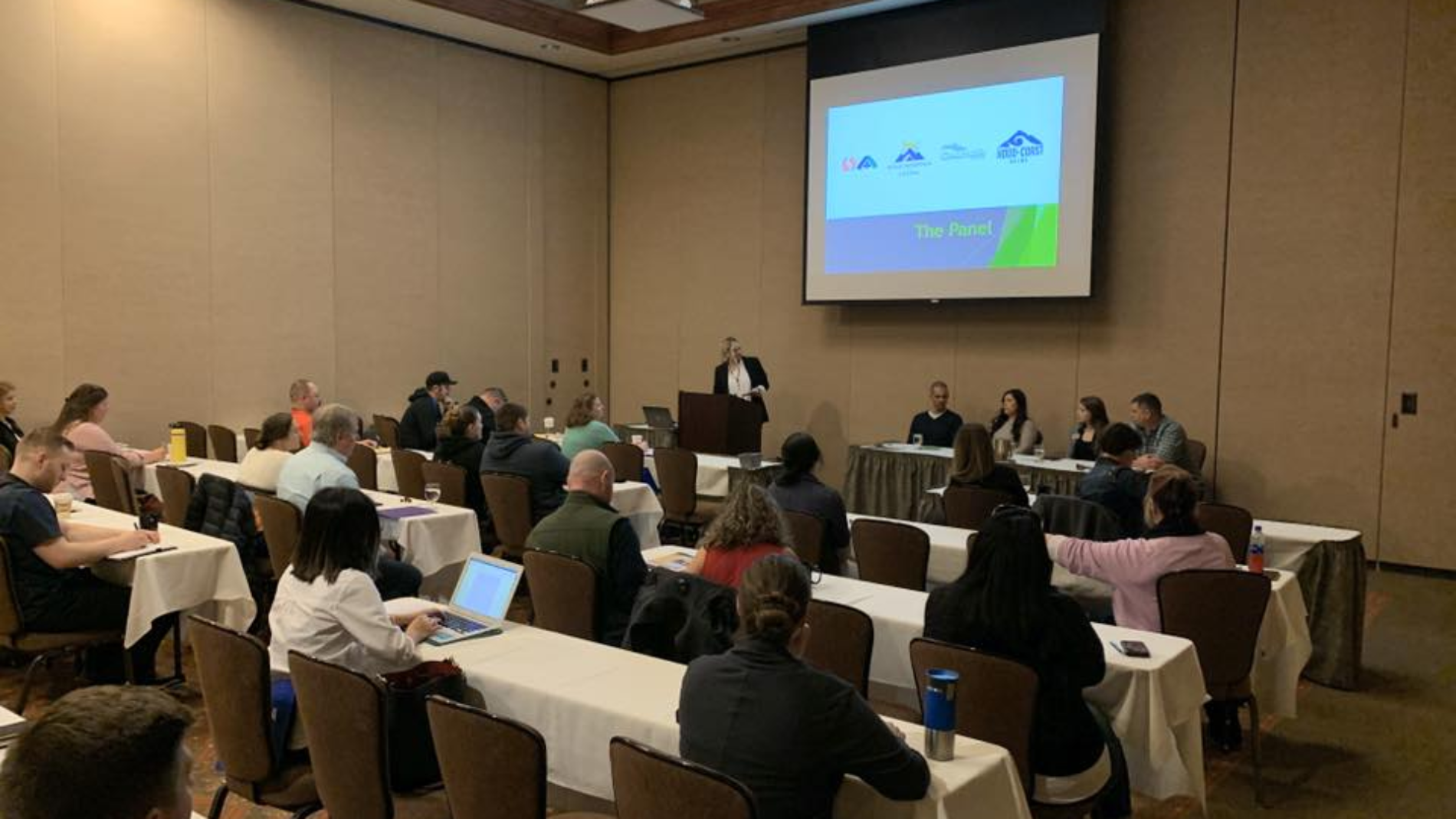A few weeks ago before everything came to a screeching halt, I hosted a panel of Sponsorship Decision Makers for the Oregon Festival and Events Association Conference. This panel consisted of representatives from Safeway/Albertsons, Columbia Distributing, Spirit Mountain Casino and Hood to Coast all who are all involved in the sponsorship decision making process for their brand. This was a chance to hear it from the “horse’s mouth” so to speak on what they are looking for in a proposal and also what they want out of a sponsorship. From important reminders to keep in mind to insights on the decision making process to some keys to make a successful activation here are some lessons learned from the sponsorship panel.
Do Your Research
What you think is going to work for one brand is not going to work for another brand. Find the correct person to discuss opportunities with. You will have more success if you take the time to discover the right contact. This is why networking is so important. Also, this is why investing in a company or agency that already has a book of sponsorship contacts is helpful.
Remember it’s a Process, Be Patient
Once a submission is received, the brands on the panel typically go through the following process:
- Determine if they have the budget.
- Due diligence: review sponsorship proposal, check out the event in person, an overview of logistics/execution, etc.
- Clearance from the marketing director that it fits with the marketing plan.
- VP or higher-level approval to ensure sponsorship aligns with the overall goals of the company.
Customization is Key to Relationship Building
Avoid pre-created packages and mass, impersonal messages. Proposals with pre-determined packages do not take into consideration what the potential sponsor’s goals or needs are. Greetings that are too generalized are not good either, as it does not incorporate the brand into the proposal at all. The sponsors want to be listened to and heard before receiving a proposal.
Not including data (attendance, past sales, etc.) is another common mistake. Documentation and concrete numbers are key factors that brands take into consideration when determining to work with an event. Based on a survey conducted by Green Cactus, the demographics of attendees were the number one thing that sponsors wanted to see presented from an event.
When creating the proposal, the more you can tailor the proposal to the individual company, the better. This will allow you to build a closer relationship with the brand. “It’s a marathon, not a sprint”. Take the time to create a connection with the key decision-makers. This is done by truly listening to their needs and crafting a proposal that addresses them.
All About Activations
When running an on-site activation be sure to deliver on what is promised. Do not sell items in your sponsorship package that you can’t execute. However, mistakes happen that cannot be avoided sometimes. This is when follow up is key. When things go wrong, be sure to take ownership immediately. Address the situation with the sponsor and present solutions as soon as possible. nnWhen creating an activation, keep in mind the goals of the sponsor. Creative and unique activations are important but aligning with the brand’s objectives is essential. This is especially true if you are trying to sell them on a multi-year deal. The more you can deliver on their targets, the better chance you have of them returning. Also, creating a turn-key activation (one where the event does all of the work) is something that can be very alluring for a potential sponsor. Some brands may have their own set-up but for those that don’t, you having this as an option can be one way to secure the deal.
What to do When They Ask for More
Most of the times a sponsor is asking for more because they want to feel like the event is paying attention to them. However, at the end of an event, it’s important to assess the relationship to see if the extra work is worth the effort. This is also a good time to evaluate the sponsorship agreement. Oftentimes confusion results in not having a well-written, clear-cut agreement. Re-caps are also critical to create. Some brands will not even look at proposals without a recap from the last year.
How to Shift Demographics
Keeping with technology. A/B testing different promotions to new audiences. Geo-targeting and other avenues can help test on new sectors. Do not be afraid to try new things. The great thing about online marketing is that you can test without incurring a large cost. During the event, adding new programming can also help to attract a new audience that aligns with more potential sponsors.
Overall, the main takeaway from this panel is to focus on fostering a relationship with a brand. Whether they are a potential sponsor or a current one, giving them personalized attention and ensuring that an activation meets their needs is critical. nnIf you would like to see the video of this panel click here, or view it below.
The sponsorship panel referred to in this article took place on February 27 – 29, 2020 in Bend Oregon during the OFEA Conference. The panel consisted of Jocelyn Huffman, Sponsorship Administrator for Spirit Mountain Casino; Jaime Clary, Marketing and Promotions Manager for Safeway/ Albertsons; Christopher Stiles, Draft Manager for Columbia Distributing; and Dan Floyd, Chief Operating Officer for Hood to Coast and Hood.


